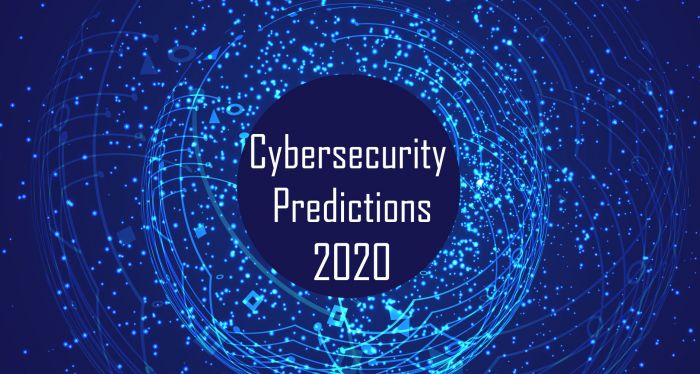Cybersecurity predictions for 2020
Views, News & more

Keeping up with cybercriminals, from a cybersecurity perspective, is a tough job. Fighting cybercrime has been likened to a line in Through the Looking Glass where Alice says she must ‘run as fast as she can to stay in one place.’ When it comes to cybersecurity, you have to run ten times faster than those committing the crimes in order to get ahead of them.
So, with the intention of getting ahead, when we look into the future, what are the challenges that are likely to become priorities for IT managers? Here are some of the trends that seem to be top of the list as we go into the next decade.
-
AI will have a massive impact
AI is expected to make its way firmly into the business arena as we move into the 2020s. Analysts claims that ‘algorithm-based solutions’ will start to show their limitations and that AI, such as machine learning, will start to become mainstream.
Cybersecurity teams can prepare for the new cybersecurity threats that may emerge from this trend by carefully monitoring for AI bias and blind spots. These can result in false positives, or even missed threats.
AI may become the go-to solution for identifying threats or spotting anomalies in industries such as banking. It may be that regulators will have to relax their views on this in order to change with the times as necessary
-
Bots and automation may lead to security breaches
Technology analysts believe that the use of bots and other automation tools will continue to move into the mainstream and may result in cybersecurity breaches. Perhaps a way to deal with these threats is to ensure that humans are held accountable in a clear way for breaches that result from the use of the bots that are under their control.
-
5G will result in new threats
As we move into a 5G-enabled world in the 2020s, new opportunities for hackers to infiltrate personal and business networks are expected to arise. The Internet of Things (IoT) may be particularly vulnerable and cybersecurity professionals will need to monitor new threats from hackers every day.
If 5G begins to make its way into traditionally less-secure industrial environments, hackers will take advantage of this. Therefore, industries using 5G for the first time will need to ensure their cybersecurity is up to scratch first.
-
A preventative approach will be needed
Overall, it seems that the trend for developing more preventative approaches to cybersecurity will come about, as opposed to a detection-based approach. In fact, being able to apply cybersecurity policies in advance of an attack on IoT devices may be able to stop an attack happening in the first place, or at the very least, it will reduce the impact of any attack.
(Image: Designed by starline / Freepik)
Get in touch
020 7847 4510
We may process your personal information in order to send you information you request, measure and improve our marketing campaigns, and further our legitimate interests. For further details, see our privacy policy.
Contact us
-
- Head Office:
- hSo, 50 Leman Street, London, E1 8HQ
- Switchboard:
- 020 7847 4500
- Support (24x7):
- 0333 200 3337
- support@hso.co.uk
- Marketing & Sales:
- 020 7847 4510
- info@hso.co.uk

















